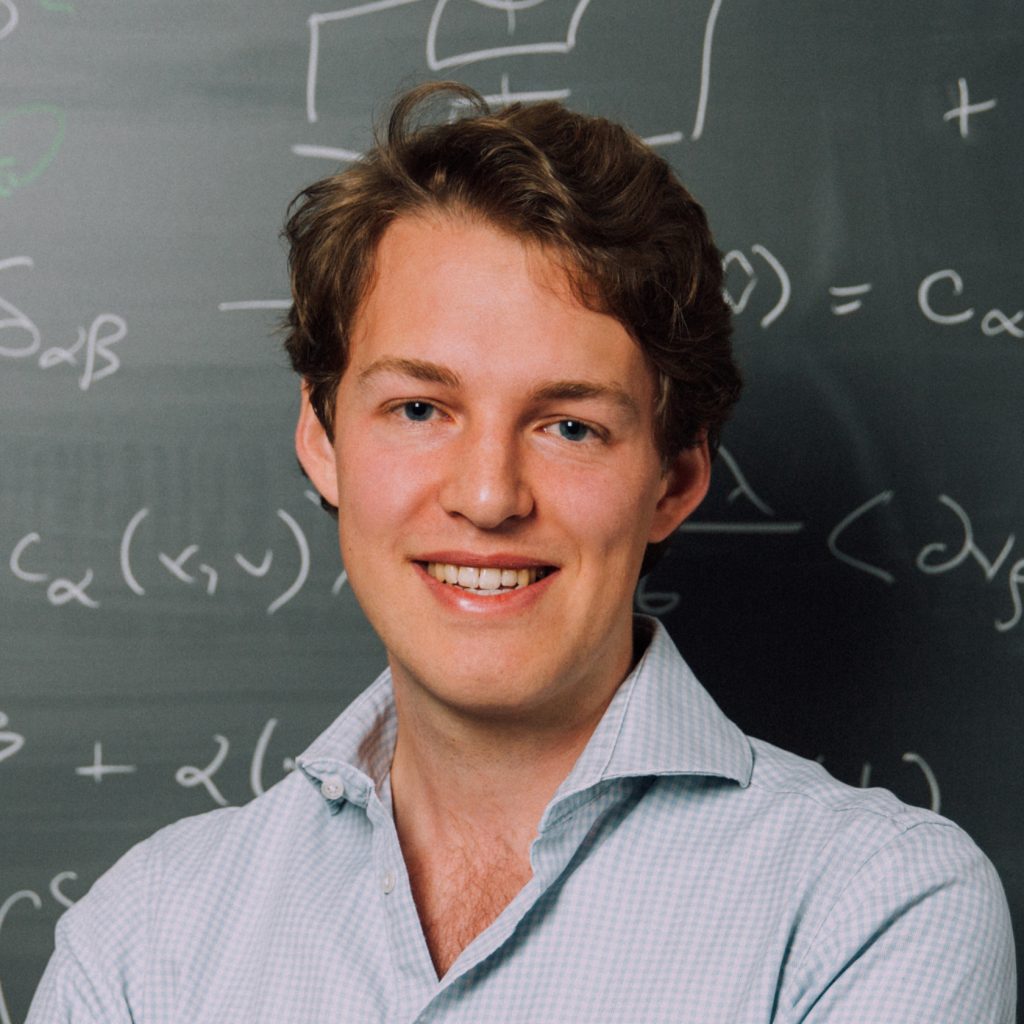Looking under the microscope, a group of cells slowly moves forward in a line, like a train on the tracks. The cells navigate through complex environments. A new approach by NOMIS Fellow David Brückner and colleagues at the Institute of Science and Technology Austria (ISTA) now shows how they do this and how they interact with each other. The experimental observations and the following mathematical concept are published in Nature Physics.
The majority of the cells in the human body cannot move. Some specific ones, however, can go to different places. For example, in wound healing, cells move through the body to repair damaged tissue. They sometimes travel alone or in different group sizes. Although the process is increasingly understood, little is known about how cells interact while traveling and how they collectively navigate the complex environments found in the body. An interdisciplinary team of theoretical physicists at the Institute of Science and Technology Austria (ISTA) and experimentalists from the University of Mons in Belgium now has new insights.
Much like social dynamics experiments, where understanding the interactions of a small group of people is easier than analyzing an entire society, the scientists studied the traveling behavior of a small group of cells in well-defined in vitro surroundings, i.e. outside a living organism, in a Petri dish equipped with interior features. Based on their findings, they developed a framework of interaction rules, which is now published in Nature Physics.
Cells travel in trains
David Brückner rushes back to his office to grab his laptop. “I think it’s better to show some videos of our experiments,” he says excitedly and presses play.
The video shows a Petri dish. Microstripes—one-dimensional lanes guiding cell movement—are printed on the substrate beside a zebrafish scale made up of numerous cells. Special wound-healing cells, known as “keratocytes” start to stretch away from the scale, forming branches into the lanes. “At first, cells stick together through adhesive molecules on their surface—it’s like they’re holding hands,” explains Brückner. Suddenly, the bond breaks off, and the cells assemble into tiny groups, moving forward like trains along tracks. “The length of the train is always different. Sometimes it’s two, sometimes it’s ten. It depends on the initial conditions.”
Eléonore Vercurysse and Sylvain Gabriele from the University of Mons in Belgium observed this phenomenon while investigating keratocytes and their wound-healing features within different geometrical patterns. To help interpret these puzzling observations, they reached out to theoretical physicists David Brückner and Edouard Hannezo at ISTA.
Cells have a steering wheel
“There’s a gradient within each cell that determines where the cell is going. It’s called ‘polarity’ and it’s like the cell’s very own steering wheel,” says Brückner. “Cells communicate their polarity to neighboring cells, allowing them to move in concert.” But how they do so has remained a big puzzle in the field.
Brückner and Hannezo started brainstorming. The two scientists developed a mathematical model combining a cell’s polarity, their interactions, and the geometry of their surroundings. They then transferred the framework into computer simulations, which helped them visualize different scenarios.
View the simulations and continue reading this ISTA release
Feature image: Section of a cell train computer simulation. Due to their clearer alignment, cell trains (top lane) move faster than clusters in different sizes (lower lanes). (Photo © Vercurysse, Brückner et al./Nature Physics)



